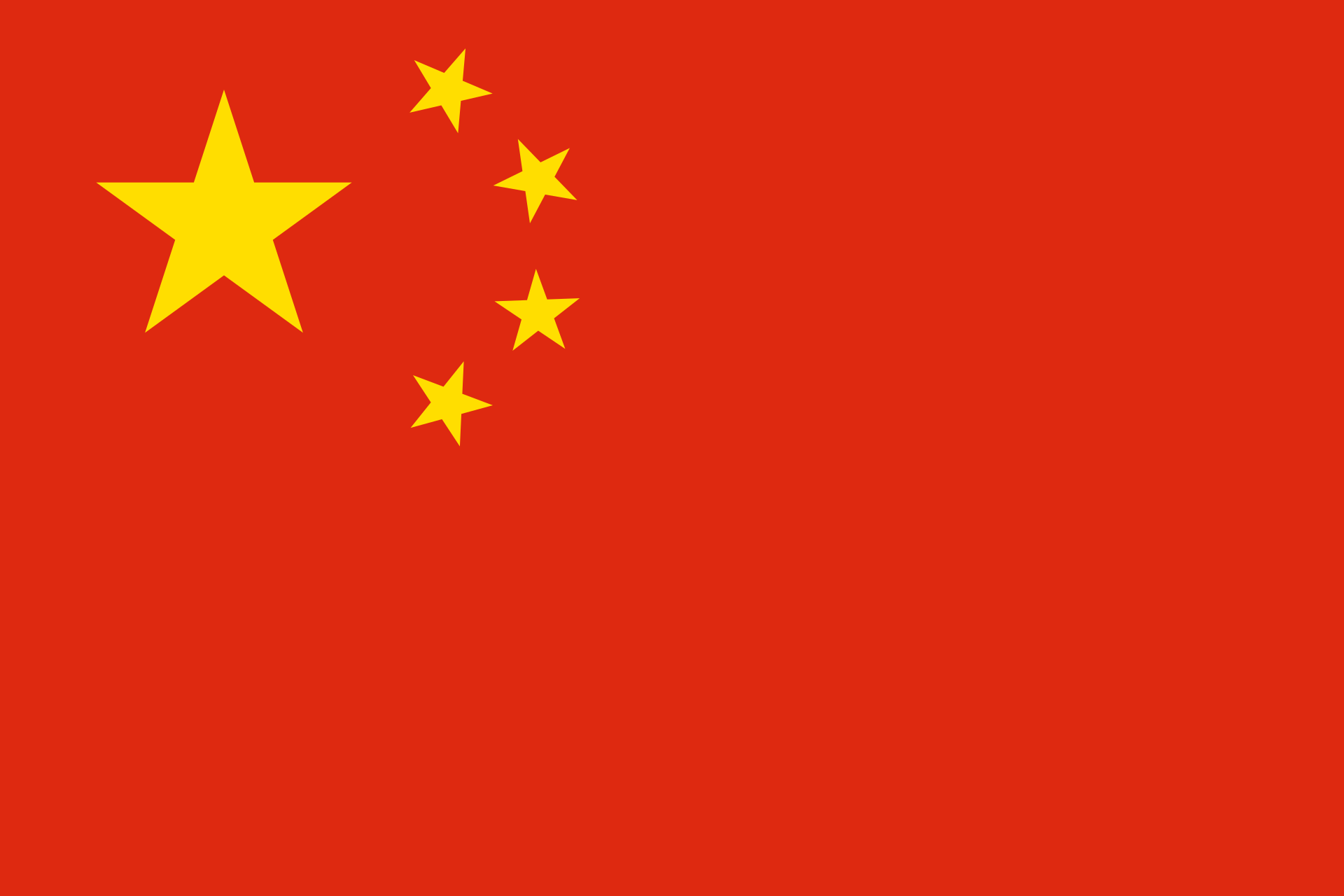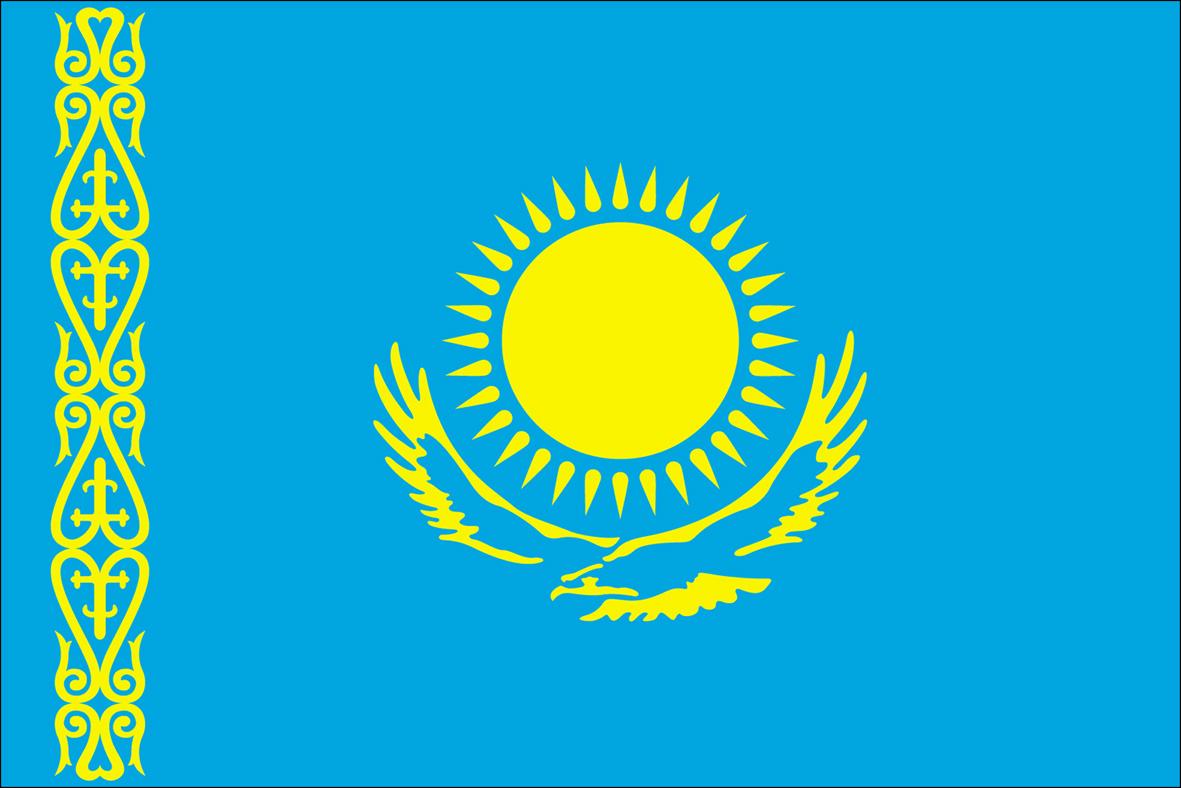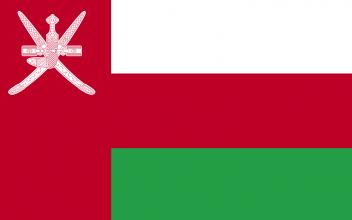The history of seafaring in Oman began during the 3rd millennium BC. Oman’s early and active engagement in maritime trade was due to its strategic position between Southeast Asia and Africa, its long coastline and its safe natural harbours. The Omanis were known for building and exporting very good ships, and they traded with precious goods such as frankincense. In the 9th century AD, Oman’s military and merchant fleet was considerably reinforced.
During the Abbasid Caliphate which stretched to the borders of China, its capital Baghdad was a meeting point of the land and sea Silk Routes as well as an important trading centre. Several cities in Iraq became famous for the silk they produced and sold. Thus, for instance, Attabi silk textile from the region of Attabiya was adopted by Persians who produced it in Isfahan, and embroidered silk from Mosul was exported to various countries in Asia and Europe. Other silk-producing cities included Basrah, Kufa, Hira, Anbar and Numaniya.
In Japan, interest in the Silk Road flourished considerably after World War II. Japanese scholars travelled to locations on the Silk Road and wrote a number of important studies on their research. An expedition in 1966 sparked a “Silk Road fever” which led to the publication of numerous popular books on the subject and to the emergence of a “Silk Road” TV series and specialized travel agencies. The Silk Road also became an important topic for artists, writers, scientists and anthropologists.
The Zhu Fan Zhi (“A description of different countries”) which was written in the 13th century AD by Zhao Rukua, a customs officer in Quanzhou and a descendent of the royal family, provides precious knowledge about the geography and economy in different Southeast Asian countries, as well as about navigation routes during the Song dynasty.
Various textual sources have revealed the existence of several kingdoms, trading centres and harbour cities on the Malay Peninsula and Sumatra from the 3rd century AD onwards. They subsequently came under the influence of the kingdom of Funan and the kingdom of Srivijaya, which relied on the help of sea people, the so-called “orang laut”, to gain power over Sumatra. By the late 7th century, Srivijaya was the major maritime power in Southeast Asia, and Palembang became the most important entrepot.
By the 8th century, Muslim merchants sailing to the East established colonies and large numbers of them settled in China. They certainly came in contact with merchants from the Korean peninsula, since the kingdom of Silla entertained close political, economic and cultural relations with Tang China. Thus, elements of Islamic culture were introduced in Silla. Medieval Muslim sources contain numerous references to Silla, but their information was not very accurate.
Japanese art counts many illustrations of the life and death of Maya (“illusion”), the mother of the Buddha, which are very faithful to the Indian tradition. However, in one respect Japanese Buddhists chose an original path: even though Maya is generally not venerated by Buddhists, a temple devoted to the worship of Buddha’s mother was discovered on a mountain near Kobe. In this temple, a statue of Maya and inscriptions reveal that she was venerated there as a universal mother.
After the birth of Buddhism, the new religion quickly spread to large parts of Central, South and Southeast Asia. Lumbini, the birthplace of the Buddha, was a very important pilgrimage destination from the 3rd century BC onwards. A pillar with an inscription erected by the Mauryan Emperor Ashoka in 245 BC identifies the spot where the Buddha was born. Lumbini was densely populated and much visited until the early Middle Ages. However, the site was concealed by a forest from the fifteenth or sixteenth century onwards.
Since Buddhist monks used to travel with merchants, maritime trade relations between South and Southeast Asia played a major role for the expansion of Buddhism into the latter region. In mainland Southeast Asia, which entertained intense contact with Sri Lanka, Theravada Buddhism was predominant and survived even after the arrival of Islam and Christianity in the region led to the conversion of the biggest part of maritime Southeast Asia.
Malay was not only a lingua franca of trade in maritime Southeast Asia, but it also found its way into Javanese literature. In coastal towns in Indonesia, the contact between people from different ethnicities was particularly intense. The Sêrat Jayalêngkara, a Muslim book written in the East Javanese coastal area during the 18th century, contains speeches by two characters in oral Malay which indicate that the author of the work was bilingual.




